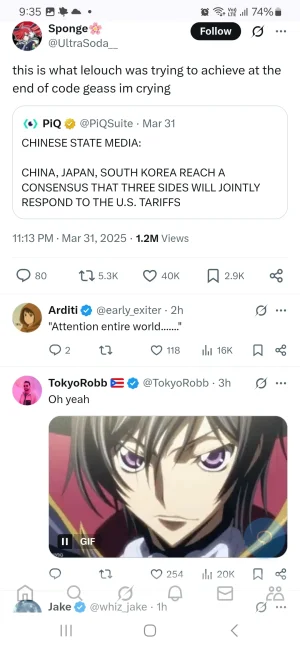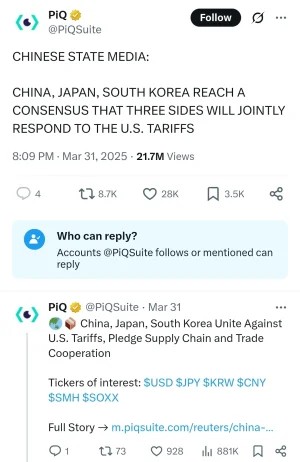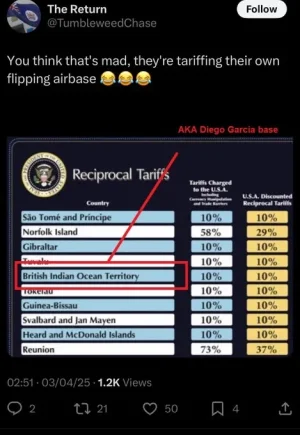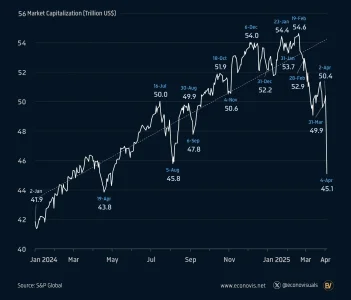- Joined
- Jul 1, 2024
- Messages
- 2,207
- Likes
- 13,525
USIP was where niazi's NSA Moeed Yusuf used to work for
and source of sooth asia commentary along with hudson institute..
======
"There was an effort by USIP employees to physically barricade themselves" in their office to prevent DOGE employees from entering.
Press Secretary Leavitt on the incident that occurred at the USIP when DOGE attempted entry: “It became very clear that there was a concerted effort amongst the rogue bureaucrats at the U.S. Institute of Peace to physically barricade themselves essentially inside the building”
View: https://x.com/realdogeusa/status/1902540848103055515
Each year, the United States Institute of Peace (USIP) receives $55M in congressional (taxpayer) funds.
- Prior management would sweep excess funds into its private Endowment (zero congressional oversight).
-In the past 10 years, USIP has transferred ~$13M to its private Endowment, mainly used for private events and travel.
USIP contracts (now cancelled) include:-
$132,000 to Mohammad Qasem Halimi, an ex-Taliban member who was Afghanistan's former Chief of Protocol.-
$2,232,500 to its outside Accountant, who attempted to delete over 1 terabyte of accounting data (now recovered) after new leadership entered the building-
$1,307,061 to the Al Tadhamun Iraqi League for Youth
- $675,000 for private aviation services
View: https://x.com/DOGE/status/1906848257705443758
View: https://youtu.be/3jnLe4Go0Jk
one of the speakers here is that christopher clary fellow..
View: https://youtu.be/1jA4fCsDzyw
and source of sooth asia commentary along with hudson institute..
======
"There was an effort by USIP employees to physically barricade themselves" in their office to prevent DOGE employees from entering.
Press Secretary Leavitt on the incident that occurred at the USIP when DOGE attempted entry: “It became very clear that there was a concerted effort amongst the rogue bureaucrats at the U.S. Institute of Peace to physically barricade themselves essentially inside the building”
View: https://x.com/realdogeusa/status/1902540848103055515
Each year, the United States Institute of Peace (USIP) receives $55M in congressional (taxpayer) funds.
- Prior management would sweep excess funds into its private Endowment (zero congressional oversight).
-In the past 10 years, USIP has transferred ~$13M to its private Endowment, mainly used for private events and travel.
USIP contracts (now cancelled) include:-
$132,000 to Mohammad Qasem Halimi, an ex-Taliban member who was Afghanistan's former Chief of Protocol.-
$2,232,500 to its outside Accountant, who attempted to delete over 1 terabyte of accounting data (now recovered) after new leadership entered the building-
$1,307,061 to the Al Tadhamun Iraqi League for Youth
- $675,000 for private aviation services
View: https://x.com/DOGE/status/1906848257705443758
View: https://youtu.be/3jnLe4Go0Jk
one of the speakers here is that christopher clary fellow..
Fragile But Intact: Understanding India and Pakistan’s Three-Year Ceasefire
View: https://youtu.be/1jA4fCsDzyw







